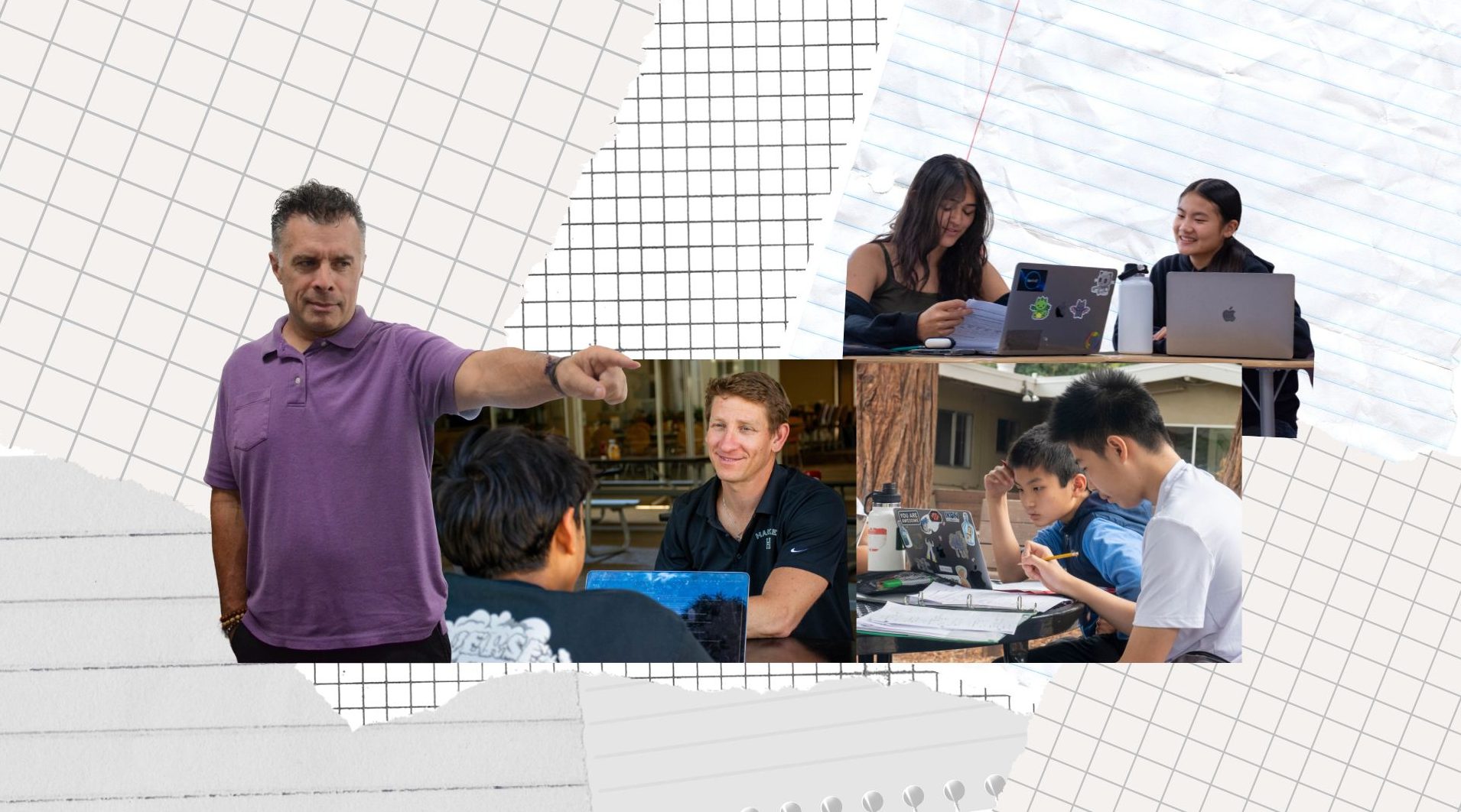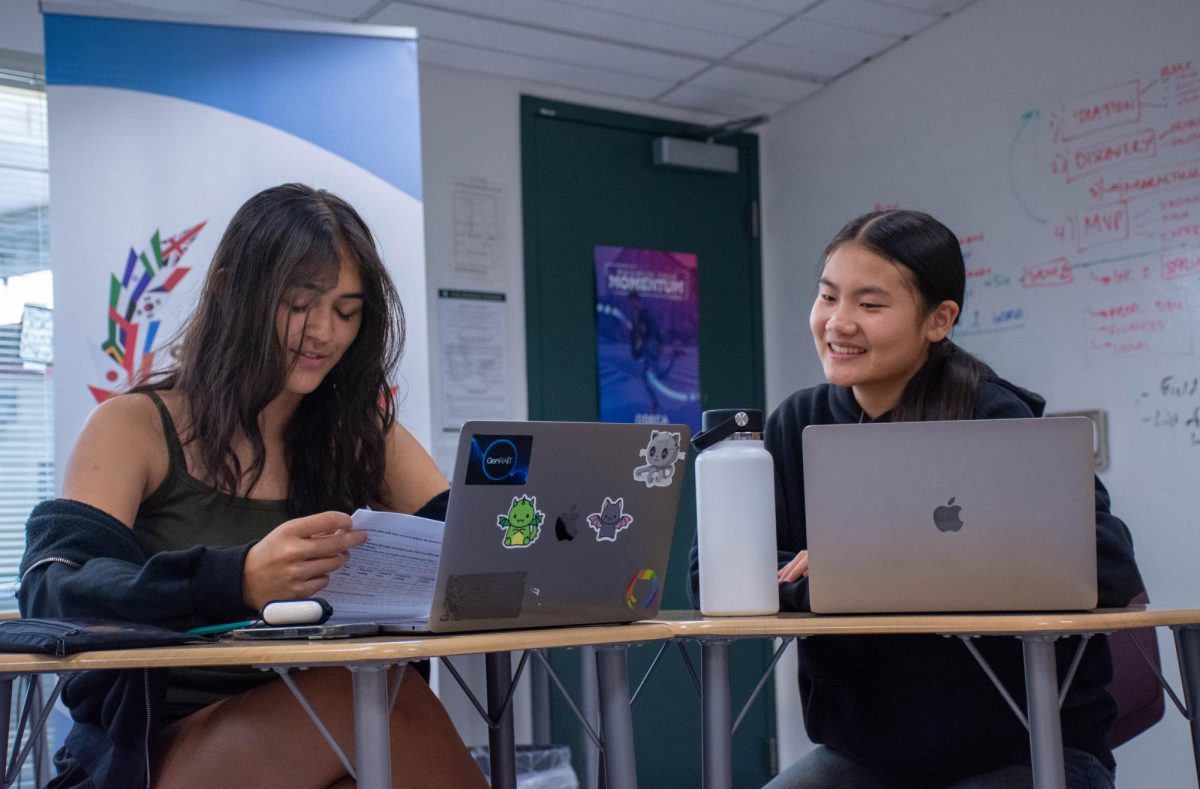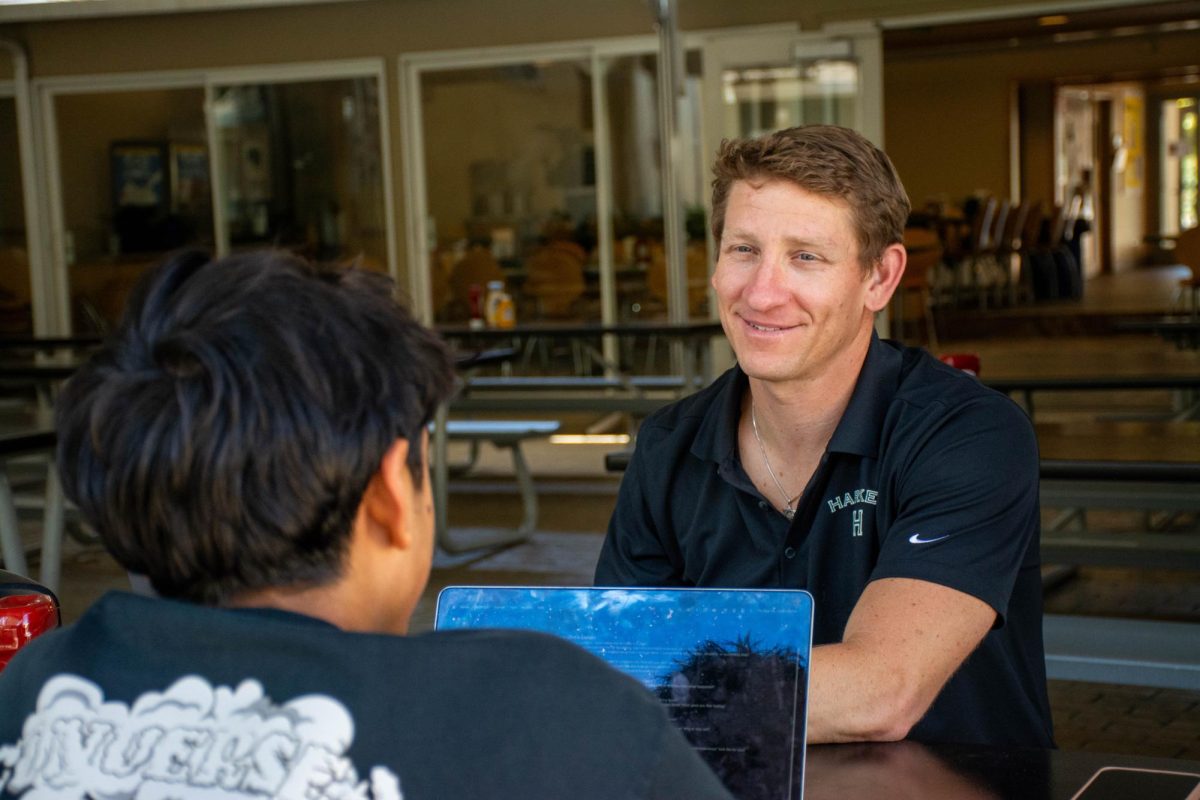
Perspectives: Teacher-assigned vs. student-chosen
I still remember the uneasy tension that filled the room the last time my teacher announced that we had a group project. Eyes darted around the room, conversations halted, and I silently examined the people in the room that I could survive working with. My fear of randomized groups stems not from the assignment but from the stress of pretending to be a team with people I barely know.
When students get to choose their own groups, the process often changes the way they actually approach the project. When working with other people, comfortable environments facilitate the exchange of ideas. The concept of choosing partners isn’t ultimately about just working with friends; it is about an environment where collaboration can actually flourish.
In a group presentation about the Silk Road last year, I had a partner whose biggest contribution to the slideshow was eating snacks. While I stressed out about finding scholarly sources for the subject, he sat back in his chair, munching on chips and giggling at a video on his laptop. Sadly, the rest of the group contributed to the contents on the slide as he was having his own personal comedy show in the corner.
I felt frustrated, not because we were pulling his weight, but because the whole situation was avoidable. If I had the opportunity to choose my own group, I would have chosen people in the class who I know would show up when needed. I’m sure if he had control over working with people he actually valued, he would feel more inclined to collaborate with them too. When selecting my partners in any group project, I do not just pick my friends; I choose to work with people whom I trust to take the project seriously.
Like how bread and butter are a familiar pairing, I know that student-chosen groups work best when members enjoy working with each other. On the other hand, forcing bread and pickle juice together can lead to clashes and weaker results, similar to assigning groups. Differences in work habits, priorities and personalities can lead to slowing down the project, which creates more stress for the teammates.
When my group is chosen or randomized by teachers, that same mismatch of “incompatible flavors” creates a barrier that limits collaboration. Awkward silences and uncertainty about group expectations deplete both energy and focus, turning the learning experience into a stressful situation. When I get to choose my own groups, most of that tension disappears, allowing effort to contribute towards more positive aspects like problem-solving.
Teachers often encourage random group assignments to push students out of their comfort zones, claiming that working with new people fosters growth. However, while branching out for assignments can offer lessons in adaptability and versatility, it can also introduce anxiety and slow the learning process.
In reality, growth in social life and teamwork does not have to come from being placed in an awkward group dynamic. I have created stronger connections through branching out in other activities like sports, class discussions and extracurricular activities than in randomized groups.
Group projects are different because they require a solid foundation of collaboration, and forcing mismatched groups to work together risks the efficiency of the assignment. Allowing students to choose their partners does not mean stunting their growth socially, but it means giving them a chance to form an environment where ideas can be built instead of broken.
“Your next assignment will be a group project!”
Whenever I hear those words, my first instinct is to hope that I can pick my friends. But over time, I’ve realized that when the teacher assigns groups, the project turns out better, and so do I.
When teachers assign groups, the result is better learning, stronger focus and long-lasting growth.
I still remember an English project from last year. I wanted to team up with two of my closest friends in the class, but instead, my teacher paired me with classmates I barely knew. At first, I was nervous. I didn’t know if we’d get along. But it turned out to be my favorite project of the year.
With teacher-assigned groups, nobody is left out. Everyone has their role, and the focus stays on the project. There is no awkward moment and sense of betrayal when your two friends pair up and you’re left on your own. For someone quieter or more introverted, being placed in a group gives them a real chance to participate and be heard.
When I work with my friends, it’s easy to slide into off-topic discussions. The urge to talk about gossip, weekend plans or inside jokes is almost irresistible. Also, established friendships may also contain informal hierarchies, meaning that one person may take charge with doing most of the work, causing imbalanced learning.
The biggest benefit of assigned groups is stepping out of my comfort zone. Working with people I normally wouldn’t means exposing myself to new perspectives and conversations. I’ve even formed some unexpected friendships. A 2022 Cornell University study found that students who step out of their comfort zones while learning, like working with unfamiliar peers, experience the most growth.
After high school, whether in the workplace or elsewhere, you don’t get to choose your team. Employees must collaborate with anyone regardless of differences in personality and background. By mimicking this reality, teacher-assigned groups help prepare students for their futures.
So yes, I feel relief when I get to work with my friends. But, learning how to adapt, compromise and form connections with new people is an important skill that extends beyond high school. Instead of remaining firmly in their comfort zone by working with their friends during group projects, students should opt for growth by working more efficiently with new people. In other words, teacher-assigned groups often lead to not just better projects, but to better people.




aahana • Oct 7, 2025 at 10:05 am
this is so well-written! amazing job guys 🙂
charlene • Oct 6, 2025 at 1:40 pm
liana and dyuthi—this article is AMAZING. you guys both support your sides SO WELL and delve into many perspectives. keep writing such informative and interesting pieces !!
Shreyas • Oct 6, 2025 at 9:40 am
What a nuanced perspective! my worldview is altered permanently 🙂